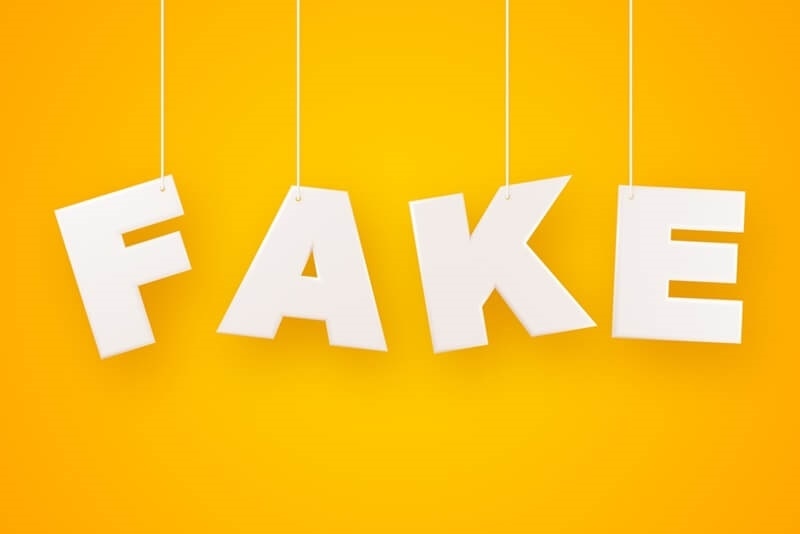
The internet is inundated with deals that proclaim that they will save you a ton of money, give you an enormous discount, and introduce "limited-time" offers. However, not every deal is as great as it appears to be. Many online retailers are playing price games or fake sales to give you the perception that you are getting a discount, but you are not. Knowing how to identify fake deals will save you money, save you from disappointment, and allow you to shop smarter.
This guide will take you through the red flags, what con artists do, and easy steps you can take to validate if a discount is real or just a smart advertising trick.
More people shop online now than ever, and so are fake or misleading deals. Sellers know buyers love a great deal, and they play on that by pumping up "original" prices or making you feel you have to buy now.
Some stores use timers, "only three left" notes, or "today only" signs to push you. Others jack up the first price and then cut it, making you think you're saving a lot—when really, the price is just okay.

Let’s see how you can protect your money by identifying genuine discounts and fake deals online:
The top trick is to raise the price before a sale. Here, knowing true vs raised prices matters. A shirt that's normally $40 might pop up at $80, then "cut" to $40 in a so-called sale.
Here are signs you're looking at fake price cuts:
Checking the normal market price can keep you from falling for these big fake cuts.
How to Watch Real Prices Over Time:
Reviews aren't just about quality—they can also help you spot scams. Fake deals often come with fake products. That's why knowing how to read reviews is key.
How to check reviews correctly:
A product with odd reviews might be too pricey or not as described, no matter the "deal."
Sometimes, the discount itself tells you something's off. A $300 designer bag for $40 on an unknown site should make you wonder. Here's a good rule: if the price seems too amazing, it likely is.
Real discounts often range from 20% to 50% off during true sales. Any more than that, a hot, new item needs more looking into.
Many scam sales use urgency. They say things like "Only five left!" or "Deal ends in 10 minutes!" to make you buy fast. While some real sales do run out quickly, urgency games are a classic part of avoiding scam sales online.
Ask yourself:
If so, it's a trick to make you buy on impulse.
One good way to find out if a deal is true is to look at prices in different shops. Don't just trust the store when they show you the "before" price—always look at two or three more stores.
When you really check the right price versus a marked-up price, you may see that the "sale" item is cheaper or the same in other places with no sale signs.
Sometimes, a deal is real but not as great as it seems. The item might be lower grade, fixed up, or missing parts. Always look at what the product description says before you buy.
A shop may drop its price but then add a big fee for shipping, so you don't save any cash.
Some sites may look good but aren't safe. They can have pictures or signs from real shops.
To avoid online scams, check that the site has:
If the site wants payment by wire or digital money, be careful.
Deals on social media can be false. Many lead to fake stores with too-high prices or fake items.
Even if many people like the post, those likes might be fake. Always look into the store before you click "buy now."
Times like Black Friday are when fake deals happen a lot. Stores might raise prices before a big sale then lower them to normal.
If you've been watching a price, you'll know if the sale is real. That’s why watching prices all year is good.
It's better to skip a deal than lose money on a fake one. If you feel something is wrong, trust yourself. Sometimes it's best to wait, learn more, and buy from someone you trust.
Apps on your phone can tell you when prices drop. Some check if reviews are real, helping you understand them better before you buy.
These are great during big sales when it's hard to know real prices from fake ones.
Over time, you'll see patterns in scams:
The more you buy online, the better you get at avoiding these traps.
Knowing how to spot fake deals helps you for a long time. Saving money by not buying overpriced or bad items means more for better things later.
Online shopping should be done carefully. By knowing tricks, checking details, and asking questions, you keep your money safe and make wise buys. It should be about easy shopping and saving—not regretting and returns.
Follow these steps to avoid bad price deals online:
Everywhere you look there are fake online deals, and they are becoming more convincing each year. But with a little understanding of real vs marked-up prices, tips for checking product reviews, and your ability to identify actual discounts, you will be in a much better position to not lose your money on fraudulent promotions.
The best defense mixes research, waiting, and the right tools. When you take the time to compare and question, you protect your money and make smarter choices. Online shopping should mean saving and ease—not regret and returns.
This content was created by AI